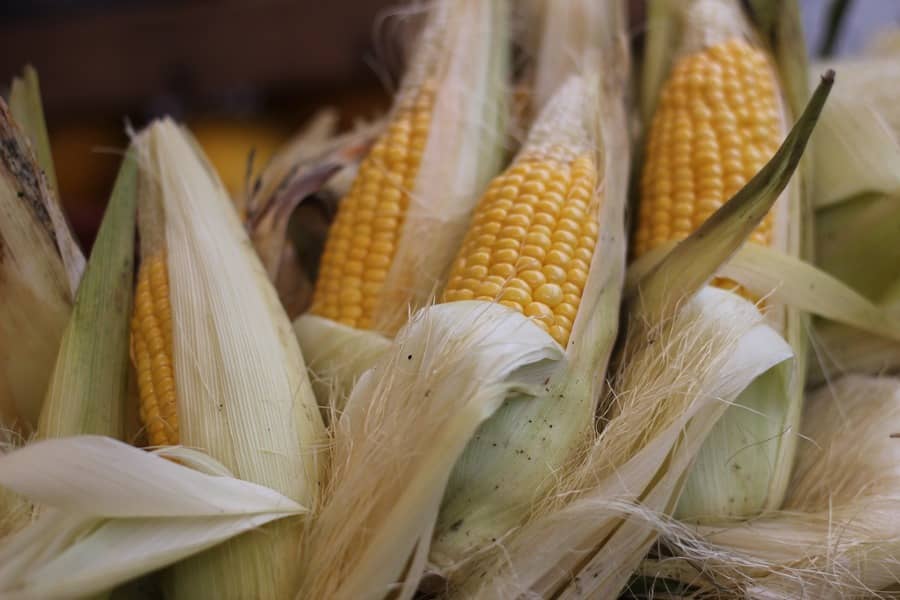Porto Alegre, November 16, 2021 – The 2021 US crop has been identified as problematic by several consultancies and brokerage houses due to erratic weather conditions during crop development. Well, USDA corrected the 2021 production upwards to 382.6 mln tons, the second-largest crop in history. Nevertheless, corn prices on the Chicago Board of Trade (CBOT) resist falling. Demand for ethanol, expectations with China, and the extremely high price of wheat continue to support prices, especially now with the end of the local harvest. Undoubtedly, in the short term, wheat has been the big variable for corn.
The USDA’s November report brought a small surprise to the market: a production level above the forecast of the October report as well as the market expectation. The estimate is now 382.6 mln tons, the second-largest crop in US history and that must still have minor adjustments until January.
The USDA balanced this production increase with the demand profile that was expected, that is, an increase in the demand of the ethanol segment. It should be noted that at the same time that oil is combated by allies of environmental bias, the US government is imploring oil-producing countries to increase production. At the same time that biofuels are seen as negative points, by involving food for energy purposes, the production of ethanol and biodiesel is accelerated to make up for short-term energy deficiencies. In scarcity, all theories change. Thus, corn consumption for ethanol is rising to 133.4 mln tons in the United States, the highest since 2018.
With this adjustment, USDA slightly cut stocks from the previous estimate, now putting them at 37.9 mln tons. These are not low stocks, which shows that surges in export demand or higher-than-expected growth in the ethanol environment could generate new cuts and require new satisfactory production in the 2022 season. In this environment, some tensions grow:
– The suggestion that the high costs of urea could cause a cut in the planted area in the US crop in 2022, favoring the increase in the area of ??soybean and wheat, at first with less expenditure per acre. For the time being, that seems a possible vision but far from being confirmed;
– The new wave of highs in wheat. Even with the arrival of crops from Argentina and Australia, wheat has not yielded. The possibility of new export restrictions by Russia and the expectation of a smaller planting in Canada created a supportive environment for prices above USD 8.00/bushel. Of course, this can motivate the next plantings. For now, wheat as a feedstuff option is starting to get expensive for European and Chinese importers;
– The possible resumption of purchases by China. Corn prices have not dropped sharply in big consumption hubs and may even suggest the resumption of imports. With wheat even more expensive, corn may be a more affordable alternative for feedstuff. Thus, China is more likely to resume purchases in early 2022;
– Good planting of the South American crop so far, but with the bias of La Nina. Even though La Nina may not bring major setbacks, the speculative movement around the possibility of production losses of Argentine corn and soybeans seems natural and seasonal. For now, the rain forecast for this week in Argentina is very good, and there is no forecast for a problematic scenario for the local 2022 summer crop.
Within this environment, CBOT prices keep following the wheat market. With very expensive wheat, would there be an alternative with potential greater demand for corn as a direct substitute? Could the European market, for example, trigger a purchase movement for the first half of 2022 in Argentina, Brazil, and the United States to supply until the wheat crop starts in the second half? These are movements that we should consider as possible for the first half, even because we have some very bullish analysts for corn in the international market at the moment.
USDA increased Chinese imports to 29.5 mln tons in 2021, making the country the world’s largest importer of this commodity. For 2022, the projection remains at 26 mln tons. In 2021, wheat spent most of the year with prices between USD 6 and 7 a bushel on the CBOT, now it exceeds USD 8/bushel. Could it be a reason for China to use less wheat in feedstuff and boost wheat consumption? If China does not resume purchases, it seems normal that USDA will have to revise Chinese imports downwards, as well as US exports.
The data from Europe already seem to suggest this switching from wheat to corn. USDA raised the 2022 demand for corn to 78 mln tons and the European imports to 15 mln tons. At first, these purchases must come from the United States and Ukraine, Argentina from April, and Brazil from June.
Argentina is an important point in this environment for the first half of the year. A normal crop, which could stay between 50 and 54 mln tons, would put the country back on the export route to 34/35 mln tons next year. For now, the old crop registrations are closed. Production losses induced by La Nina in Argentina could be a new fact within the international corn environment.
Agência SAFRAS Latam
Copyright 2021 – Grupo CMA

